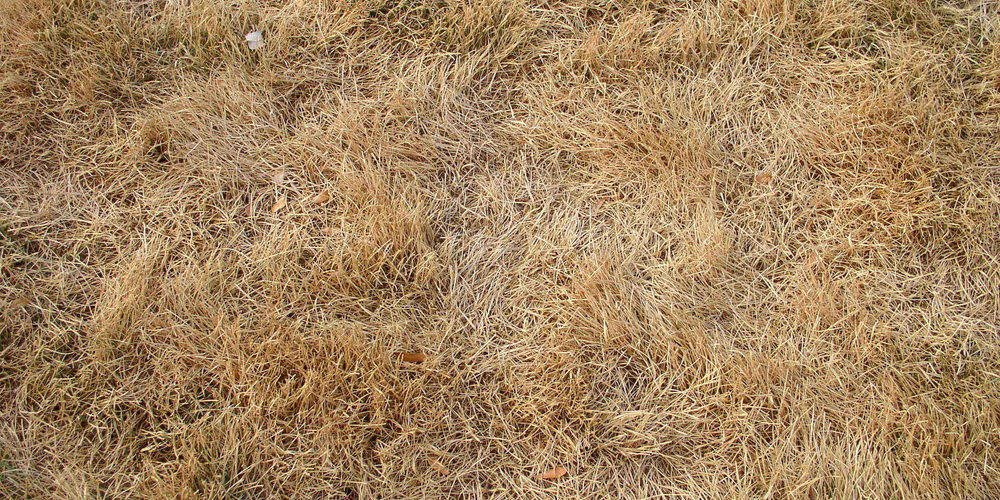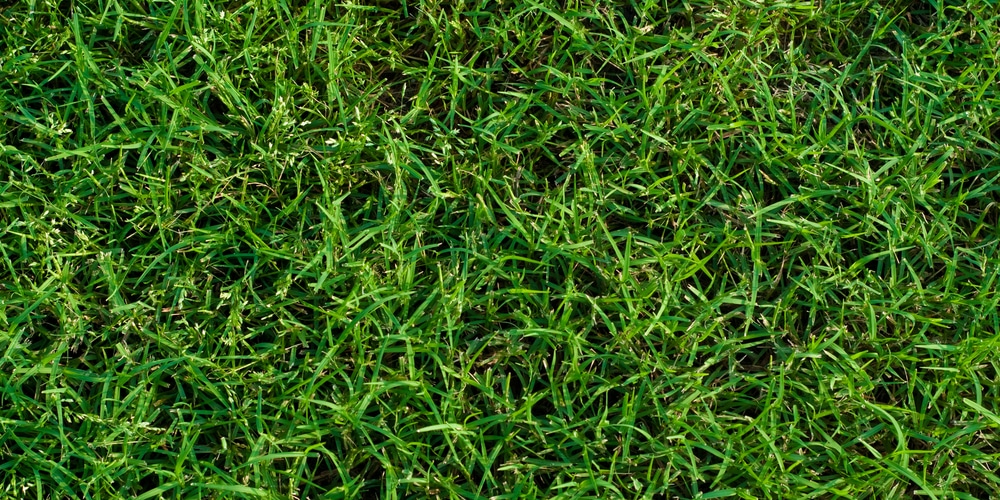A beautifully green lawn is every homeowner’s wish. Everyone looks forward to having a lush lawn where they can sunbathe during the day, set up a sunset picnic in the evening, or play their favorite games with their kids and the family dog. A healthy and lively lawn will enable all of this and much more. You can even hold your family events out on the lawn.
However, the only problem is when you start observing some brown patches on the lawn, or the entire yard turns brown. It is worrying, and you may wonder why it seems like all the years of hard work are going to waste. There may be only two scenarios when you observe brown patches on your lawn; the lawn is dormant or dead. Lucky for you, in this guide, we cover how you can know whether the sod is dead or simply inactive due to weather changes. We’ll answer the question, ‘What Does Dead Sod Look Like?’
During Winter
Winter is never a pleasant season for anyone, including plants and animals. Almost everything in nature goes dormant in winter. Animals hibernate, and trees drop their leaves. Your grass will turn brown and become dormant, but it doesn’t mean it is dead.
Can dry sod be saved?
So, your grass has dried out, and you are there staring at your lawn, pondering whether you can revive it to life. Unfortunately, the answer is no. Dead sod cannot come back to life by any means; it is just dead. You will need to lay new sod on the landscape and grow it to maintain your lush outdoor space.
If you notice some thinning, bare, or brown areas in your lawn, you better assess what is going on. They are signs that you need to replace the sod or sow new seeds. You are always advised to get rid of the old lawn before planting a new one. Some people grow the new grass over the dead one, and it still thrives, but it is good to remove it first.
Before you even plant that new sod, find out why your grass and sod are dying to find a solution. If you cannot do it, you can always contact a professional to test the soil and tell you the issue. It could be due to poor lawn care, pests, diseases, or even the soil quality.
Can dead sod come back to life?
Dead grass cannot be revived. However, you can keep yellowing and brown grass from dying. Usually, this is dehydrated grass or lacks sufficient minerals. You need to water the lawn effectively and use fertilizers that offer the grass the required nutrients. But how will you know the difference between dead sod and just dormant grass?
Difference between dormant and dead grass
Try and pull the grass from the ground. If the grass easily comes up, it is dead. If it is firm, it is just dormant. Dead grass will have dead roots, which means it will not be firmly attached to the ground.
Consider changes in temperature – warm weather sod will go dormant during winter while cold-weather grass will behave the same during spring.
With this information, you will determine whether your grass requires attention or simply raking it to plant a new set of grass. If the grass is dead, rake it up to remove it and loosen the soil. If they are in patches, you could also rake the healthy grass to remove dying grass found in this area too.
If sod is brown, is it dead?
As mentioned earlier, not all brown sod is dead. It could be dormant due to several factors, so you must first ascertain whether it is dead or inactive before deciding to uproot it and lay a new one. Use the above tips to determine whether it is dead or not.
What Does Dead Sod Look Like?: Take Away
The answer to the question “what does dead sod look like?” is that it is usually brown. However, the color brown maybe also dormant sod. Before settling on dead grass, perform the test and know what is happening. Seek a professional’s view on your soil before planting new sod to understand the real problem.
Related Article: How to Revive Dead St. Augustine Grass

